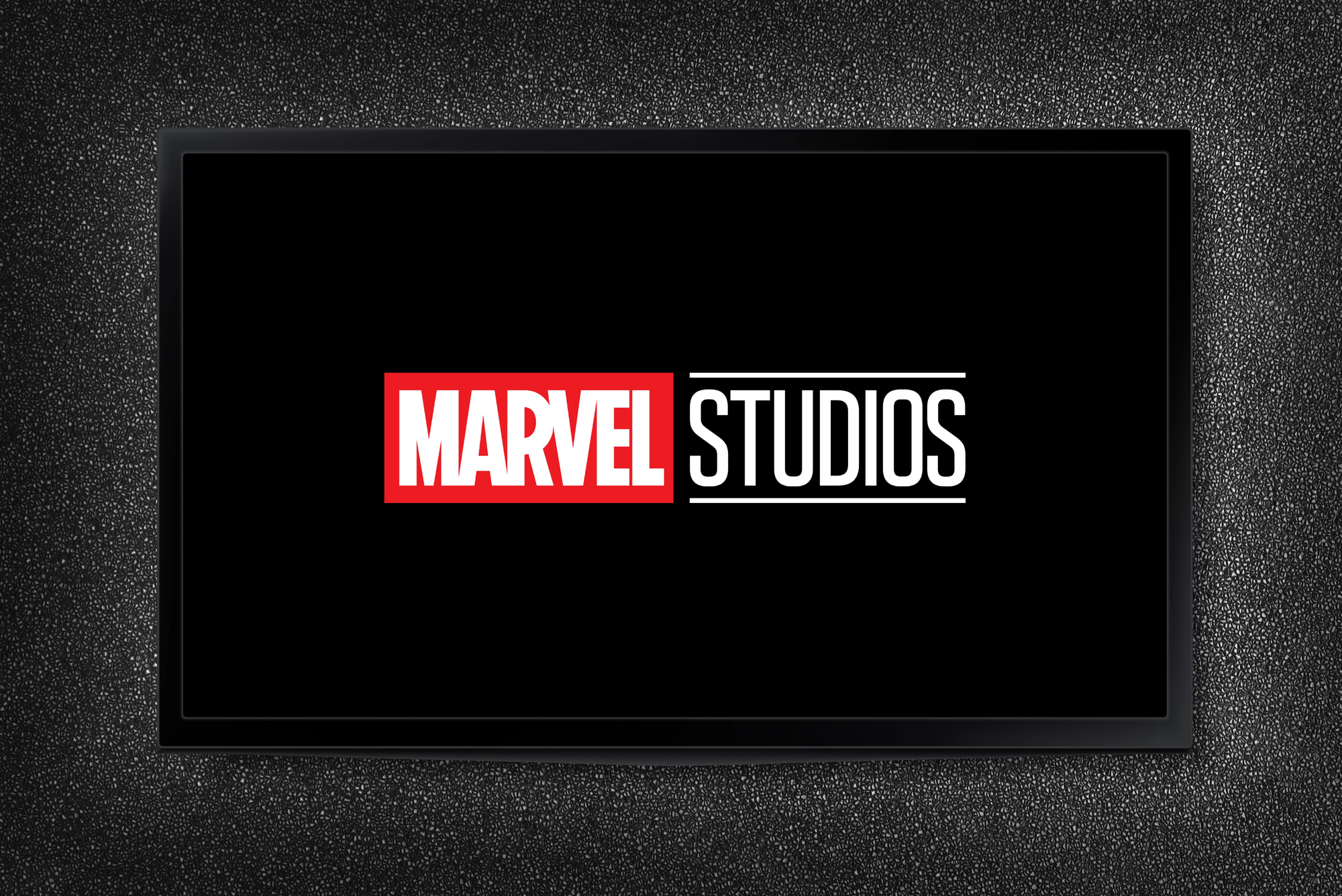How to Bet on Marvel & Star Wars Rollouts: Trailer Windows, Cameo Odds & Opening Weekends

The hum of anticipation before a major Marvel or Star Wars release is a unique kind of energy. It’s a global conversation happening in real-time on social media, in group chats, and over coffee. Part of the fun isn’t just watching the final product, but playing the game of prediction that leads up to it. Guessing the trailer drop date, calculating the odds of a surprise cameo, and calling the opening weekend box office numbers has become a sport for enthusiasts.
Let’s break down how you can analyze the rollout of these blockbuster franchises and get ahead of the curve on the biggest announcements.
The Art of the Trailer Drop
The marketing machine for a blockbuster, especially within the Marvel Cinematic Universe, follows a surprisingly predictable rhythm. A film’s first teaser trailer typically arrives six to eight months before its release date. This is the first taste, designed to generate excitement and establish the film’s tone. A second, more story-focused trailer usually follows three to four months out.
Studios love to attach these debuts to major events. A Super Bowl spot is a classic power move, but the most reliable launch pads are Disney’s own platforms: D23 Expo and San Diego Comic-Con (SDCC). As we saw at SDCC 2024, Marvel came with massive reveals, like the retitling of the next Avengers film to Avengers: Doomsday and the return of the Russo Brothers. For Disney+ series, the window can be much shorter. Eyes of Wakanda, for instance, dropped its first trailer in July 2025 for an August 2025 premiere, showing that streaming projects operate on a more compressed timeline. Keep an eye on the calendar for these key events, as they are the most likely moments for a studio to show its hand.
Analyzing Casting News and Calculating Cameo Odds
Casting announcements are a treasure trove of predictive data. When an actor is cast in an “undisclosed role,” the speculation engine goes into overdrive. Take Sadie Sink joining Spider-Man: Brand New Day. Online pundits immediately began guessing she could be anyone from Jean Grey to the superhero Jackpot to Firestar. Analyzing the comic book source material (in this case, the Brand New Day storyline) can help narrow the possibilities.
Cameos and returning characters are another area ripe for prediction. The news that Jon Bernthal will appear as The Punisher in Brand New Day and that Michael Mando is returning as the Scorpion from Spider-Man: Homecoming gives us huge clues about the film’s street-level tone. The most spectacular example is the cast announcement for Avengers: Doomsday, which included a seemingly endless list of heroes from across the MCU and even the original X-Men films. The names that are absent from these lists, like Benedict Cumberbatch and Tom Holland in that Doomsday reveal, are just as telling and fuel their own brand of speculation.
Interpreting Delays and Production Shake-ups
Not all news is good news, but all of it is informative. A film’s production health is a key indicator of its trajectory. The saga of the Blade movie is a masterclass in this. The project has cycled through multiple directors (Bassam Tariq, then Yann Demange) and writers (Stacy Osei-Kuffour, Michael Starrbury, Nic Pizzolatto, and now Eric Pearson). Its release date has been pushed repeatedly before being removed from the calendar entirely in October 2025. When you see this level of creative turnover and consistent delays, it’s a strong signal that the studio is struggling to define the project. While Marvel’s Kevin Feige insists they are committed to the character, the production turmoil tells its own story. Similarly, Simu Liu’s comments about his Shang-Chi sequel getting “pushed back” as Marvel’s plans change suggest it is not currently a top priority.
Predicting the Opening Weekend
Forecasting a film’s opening weekend gross is a complex equation. You have to consider the brand strength, the marketing momentum, and the critical reception. An Avengers film is as close to a guaranteed slam dunk as you can get. Avengers: Doomsday and Avengers: Secret Wars are positioned as the culmination of the entire Multiverse Saga, making them critic-proof event films destined for billion-dollar runs.
However, not every franchise entry is created equal. For example, Ant-Man and the Wasp: Quantumania proved “unimpressive” in its debut. This shows that even within the mighty MCU, a film can underperform if it doesn’t connect with audiences or gets weighed down by negative reviews. A film’s placement on the calendar is also critical. Spider-Man: Brand New Day‘s July 31, 2026 release date puts it squarely in the prime summer blockbuster corridor, signaling Sony and Marvel’s immense confidence in the project.
The Lucasfilm Method: A Different Kind of Hype Machine
While both are under the Disney umbrella, Lucasfilm plays a slightly different game than Marvel Studios. Marvel tends to offer a steady stream of news and has historically laid out its “phases” years in advance. Lucasfilm, on the other hand, is more deliberate and event-driven. Their key platform is Star Wars Celebration, a dedicated convention where nearly all major film and series announcements are made.
Their development process often feels more secretive. While Marvel will announce a writer or director early on, Lucasfilm projects can be in development for years before being officially confirmed. Their Disney+ strategy also differs. While MCU shows are direct, canonical extensions of the movie saga, Star Wars series like The Mandalorian and Andor have been more focused on building out specific corners of the galaxy, often with more standalone narratives that may or may not directly service an upcoming film. To predict Star Wars, you must pay closest attention to Celebration and the creative leads (like Dave Filoni) who are architecting the interconnected story.
The Disney+ Effect
The line between television and film has been completely erased in modern franchise storytelling. Disney+ shows are now essential viewing, as they actively lay the groundwork for future movies. The Vision series, set for a 2026 release, is a perfect example. Its primary objective will likely be to restore the White Vision from WandaVision in time for the major conflict in the Avengers films. The reported return of James Spader as Ultron and Faran Tahir as Raza from the very first Iron Man film suggests this series will be pulling on threads from across the entire history of the MCU. Likewise, the second season of Daredevil: Born Again bringing back Krysten Ritter as Jessica Jones further solidifies the connection between the old Netflix shows and the mainline MCU, setting up a new status quo for New York’s heroes.
By tracking trailer windows, scrutinizing casting choices, and monitoring the health of a production, you can craft some impressively accurate predictions. It adds another layer of enjoyment to being a fan, allowing you to appreciate the intricate machinery behind the movie magic.







